How to Reach Hypertrophy

Most people have two goals when working out - losing weight or gaining muscle.
Chasing gains and building bigger muscles is a sport-specific goal for bodybuilders and physique competitors as well as a popular goal for non-competitive lifters. Muscles are built through repeated and progressive stress, i.e, lifting weights, paired with adequate recovery time.
How are muscles built?
Muscle growth occurs through damage to the muscle fibers and metabolic stress.
Mechanical tension from lifting weights stresses muscles and creates small tears in the muscle fibers (myofibrils). The body responds to this stress by building back thicker and stronger myofibrils, using satellite cells. Most muscle fibers recover within 24-48 hours post-workout but a variety of factors can influence your recovery time and potential.
You might have heard that abs are built in the kitchen. The same holds true for all other muscle groups. Muscles are mainly protein (80 percent) and water, so it’s no surprise that protein shakes and protein bars are the go-to post-workout meal.
Post-workout nutrition is key to hypertrophy and should include both protein and carbohydrates. While carbs often get a bad rap, they are your body’s primary energy source and are broken down into glycogen which is what fuels your workouts.
Similarly, sleep is an often overlooked component of weight training. During deep REM sleep, the body goes through protein synthesis, repairs muscle fibers, and produces hormones essential to muscle growth like human growth hormone.
Muscles experience metabolic stress when they are near failure. Studies suggest high rep counts with little rest between sets are the most efficient way to achieve this. During metabolic stress, the body exhausts the glycogen (stored carbohydrates in muscles) which triggers a release of anabolic hormones. Repeated reps with little rest also causes blood to pool in the muscles which restricts oxygen flow and creates “the pump” or cell swelling. This too triggers a release of reactive oxygen species and an influx of hormones.
Training Suggestions
When training for hypertrophy, it’s important to workout with a high enough intensity to create muscle stress. People training for hypertrophy should lift weights for 3-5 sets of 6-12 reps and ensure adequate rest and recovery time between training days.
Muscles are adaptable and need repeated stress to continue to grow. The main way to do this is through progressive overload or increasing the training stimulus once your muscles adapt to it. While the most common way to do this is by increasing weight, progressive overload can also be achieved by adding a half rep to each rep (1.5 squats), decreasing rest, or changing the training tempo.
Increasing time under tension by changing the tempo of reps can add stress and help increase hypertrophy. Studies have shown changing the tempo per rep can be an effective way to build muscle. Slower reps create more time under tension (TUT) and can lead to greater muscle adaptation.
Studies suggest that concentric motions should be moderately paced at one to three seconds and eccentric motions should be slightly slower at two to four seconds. For a bicep curl, this would mean lowering the weight for two to four seconds and curling the weight up for one to three seconds. Some studies suggest a one to two second isometric hold at the end range of motion for optional gains.
Focusing on the tempo of a lift also helps build neurological connections or the mind-muscle connection. Muscular focus, or concentration on the muscle you’re working, can lead to increased muscle fiber activity. You may actually fatigue faster when concentrating on your quads and glutes rather than focusing on moving the bar during a squat.









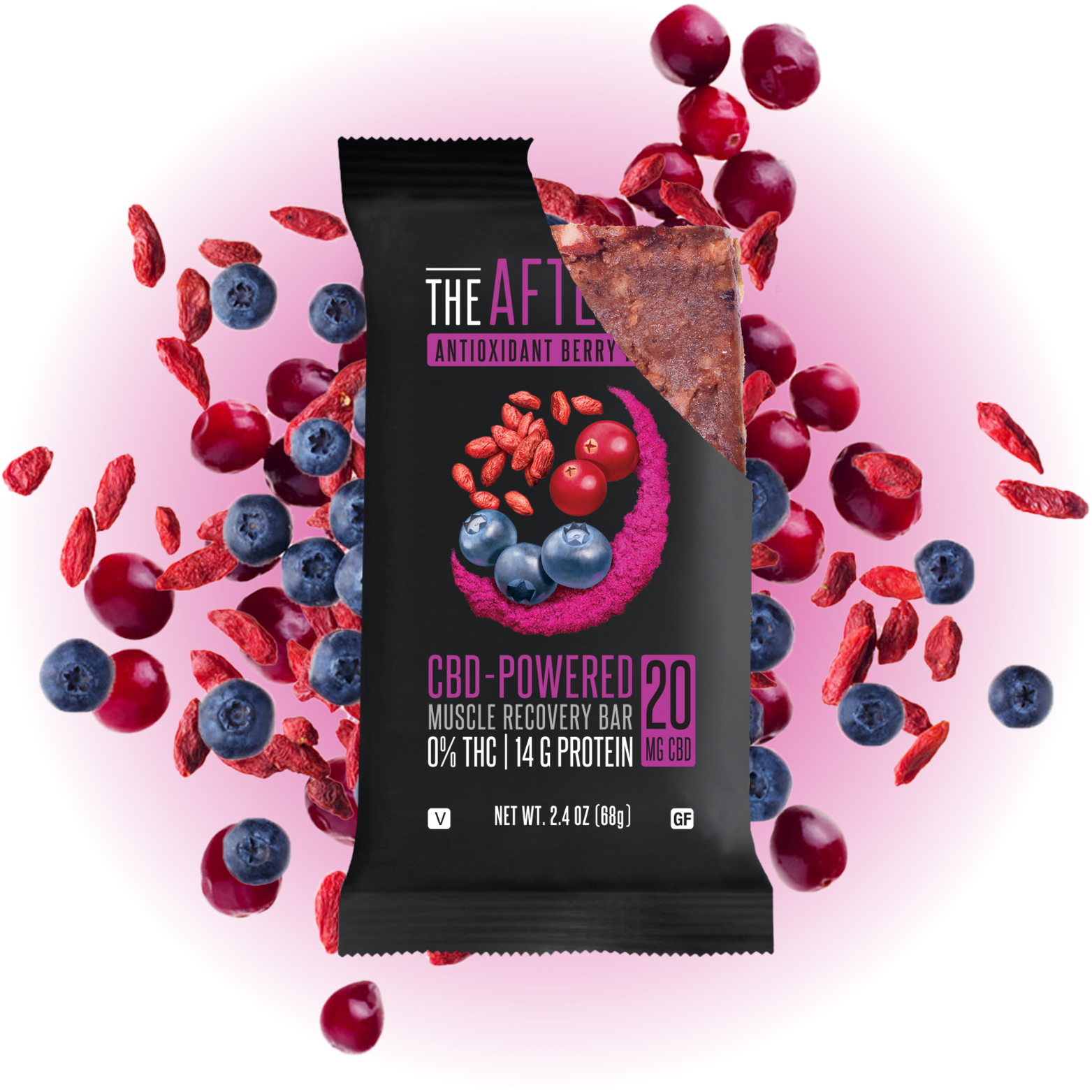
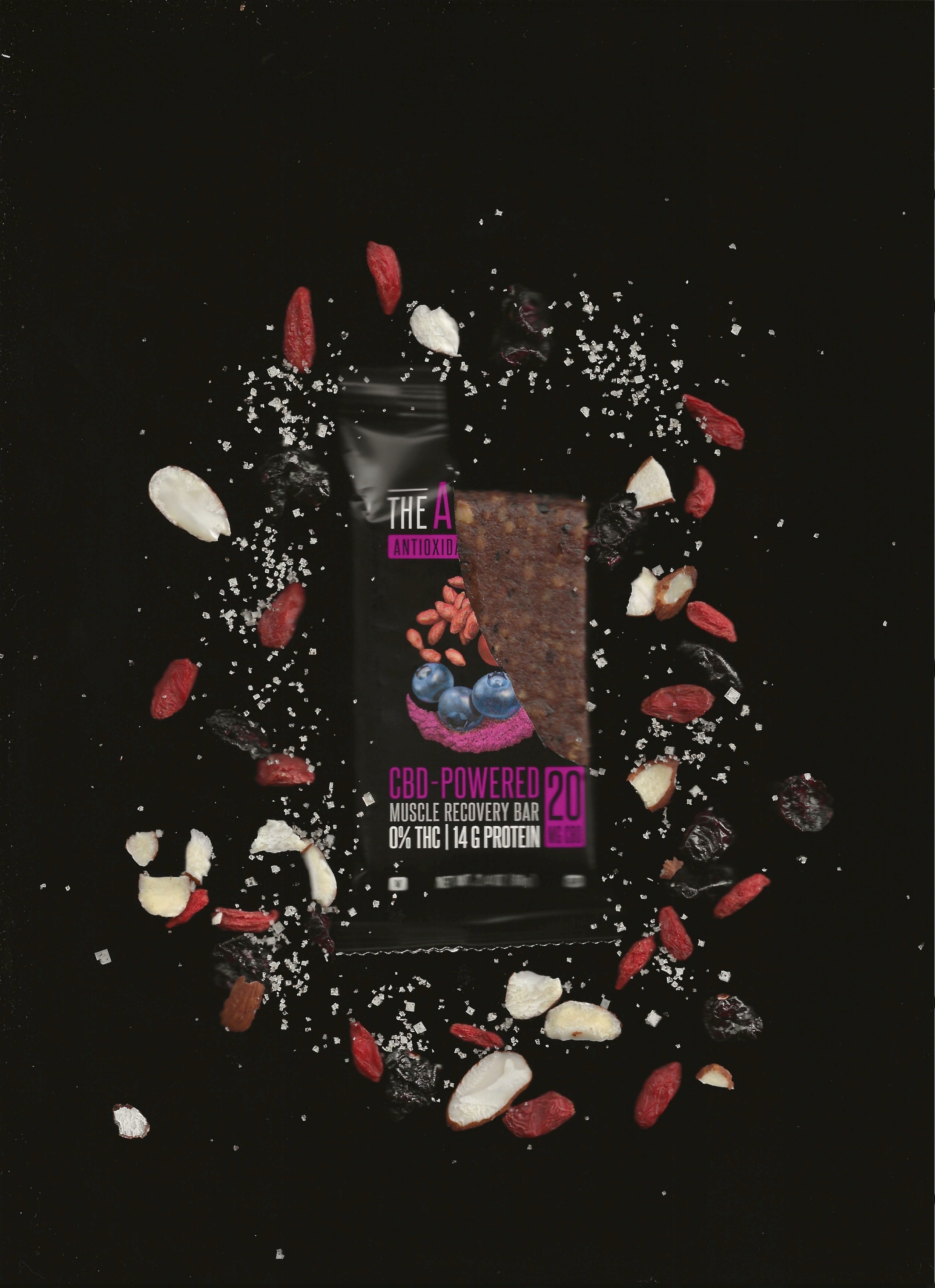
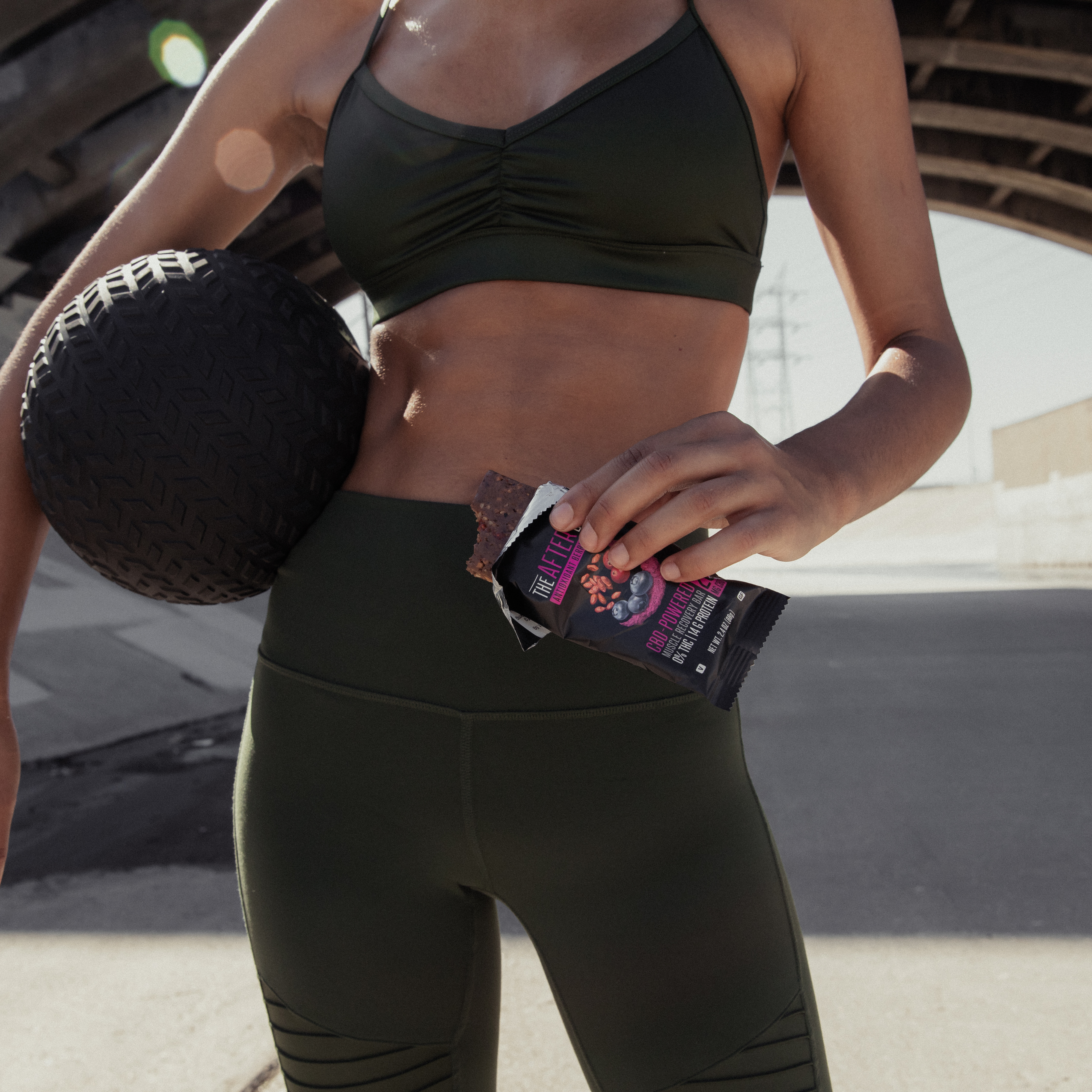
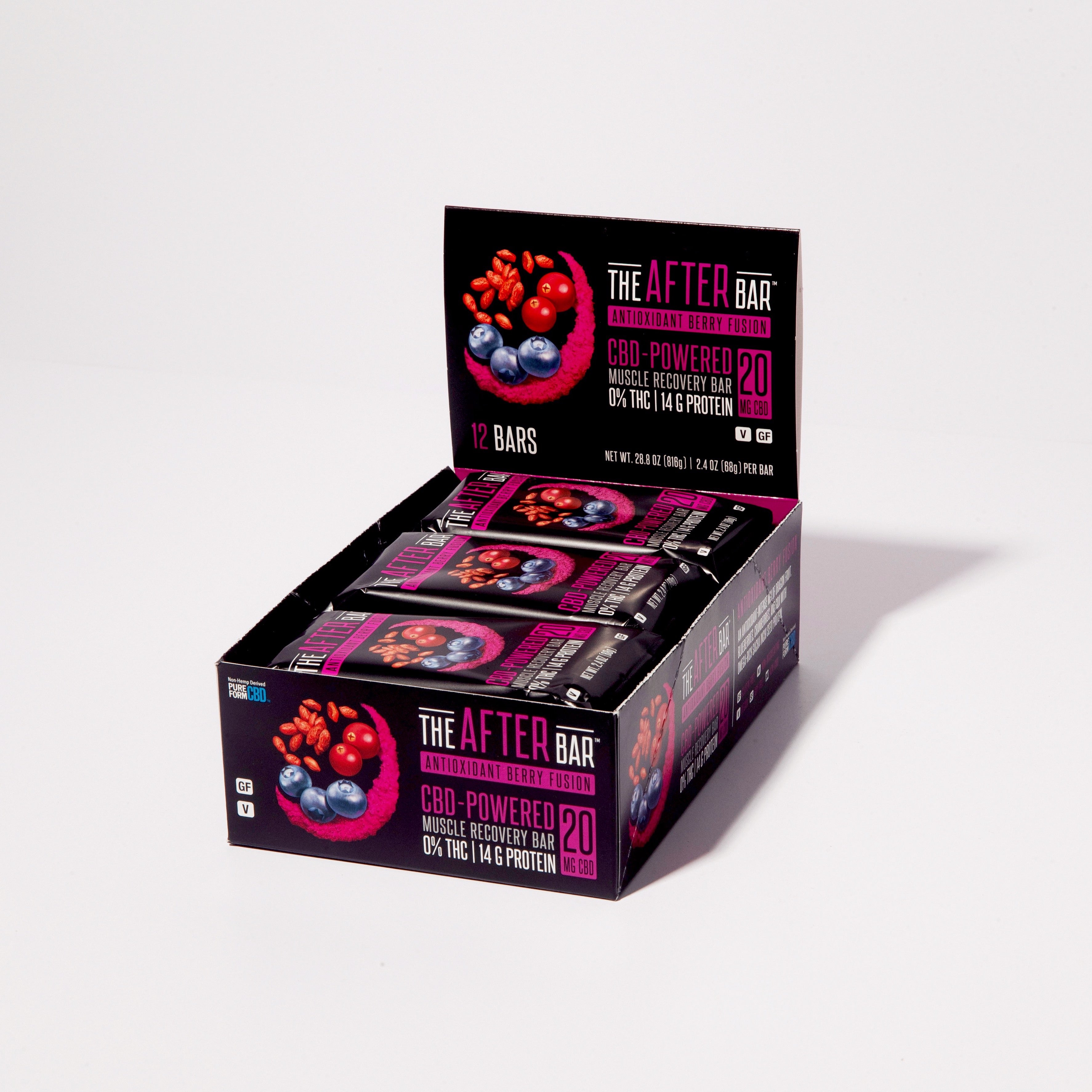
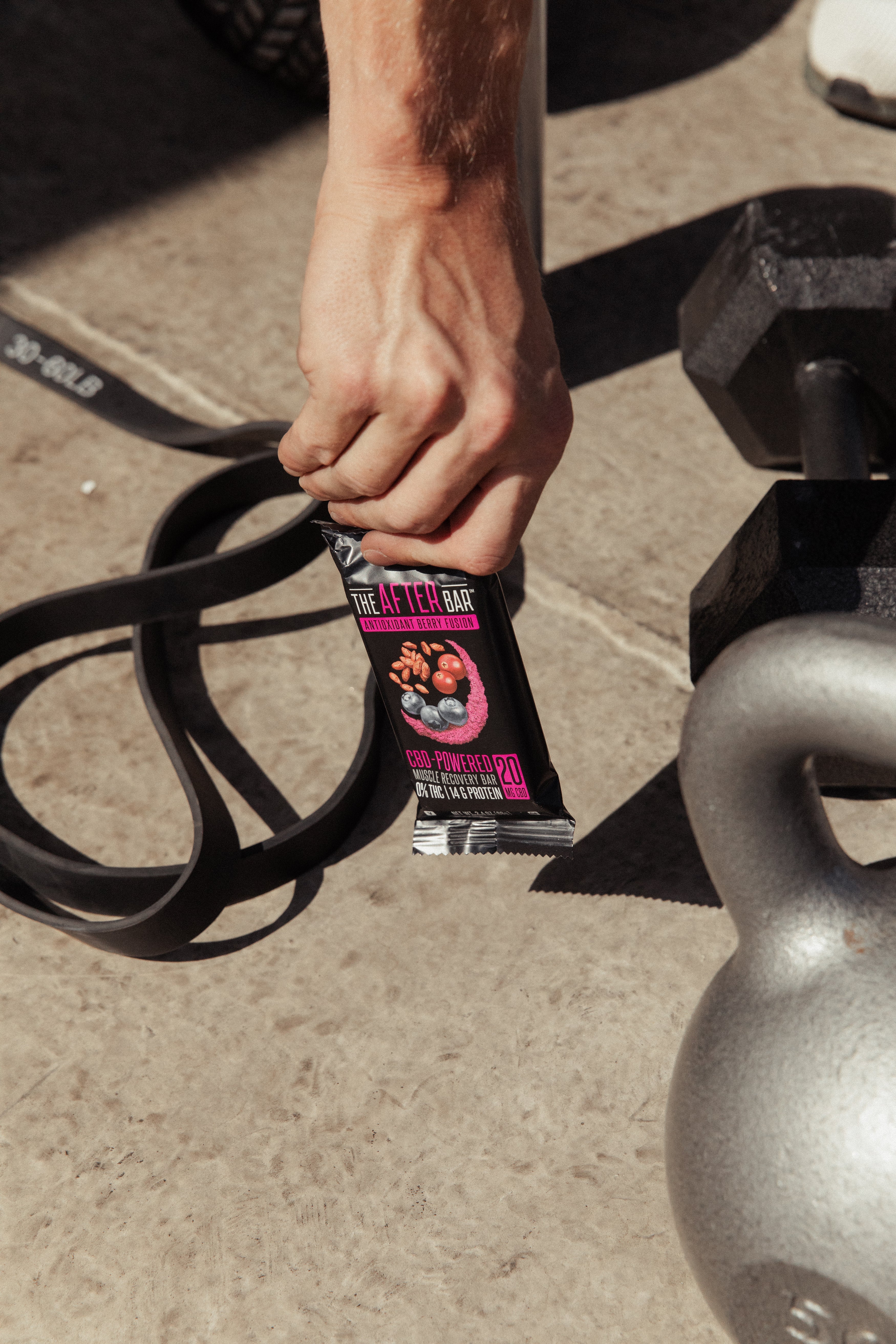
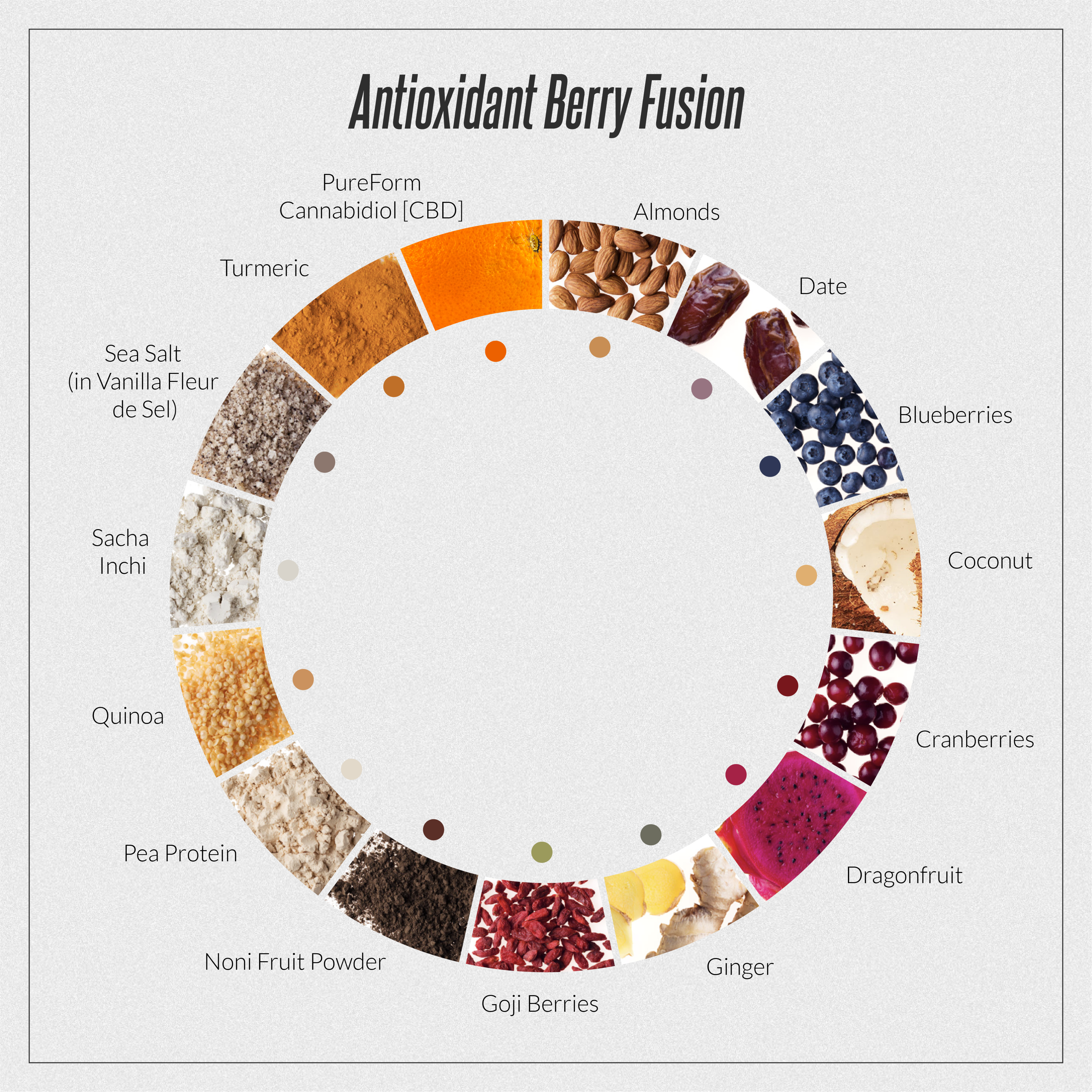
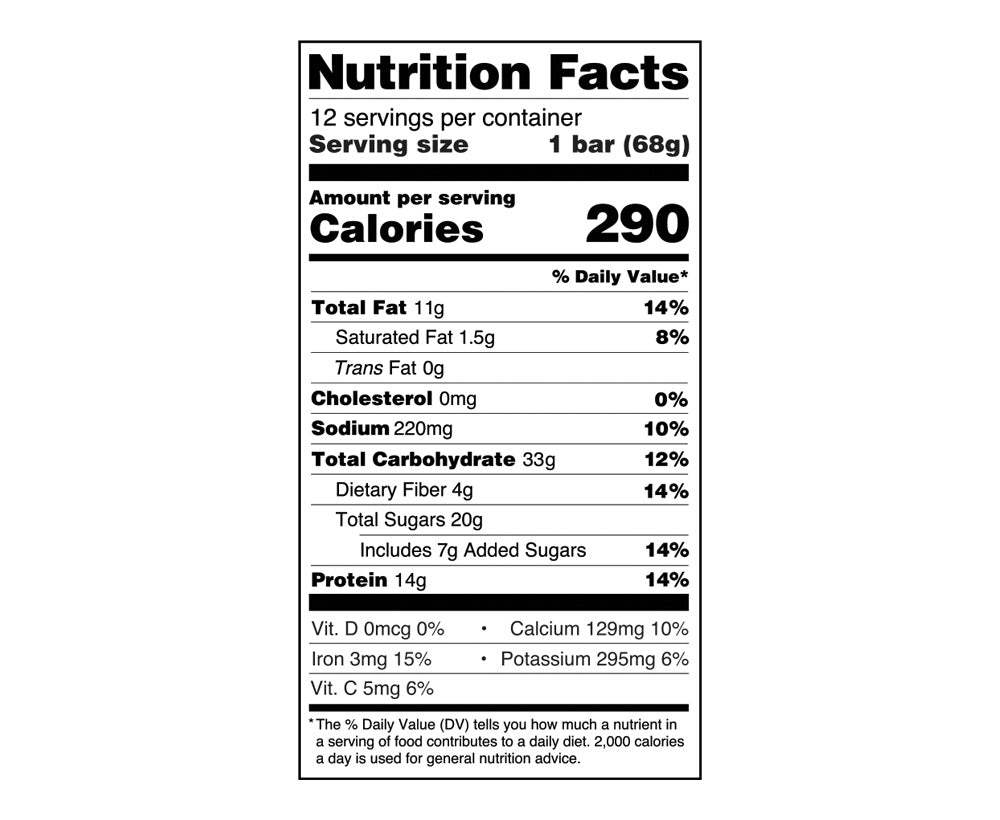
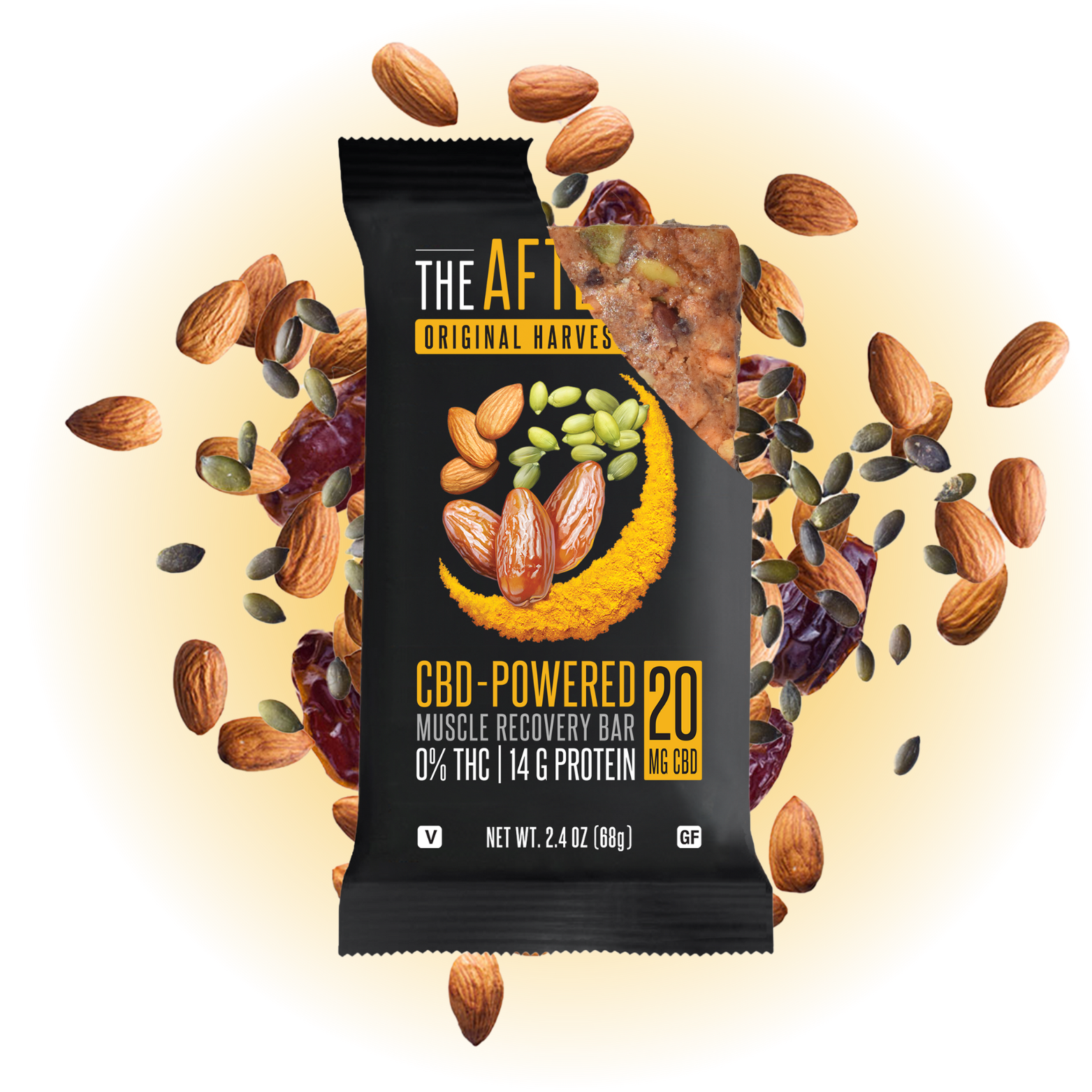
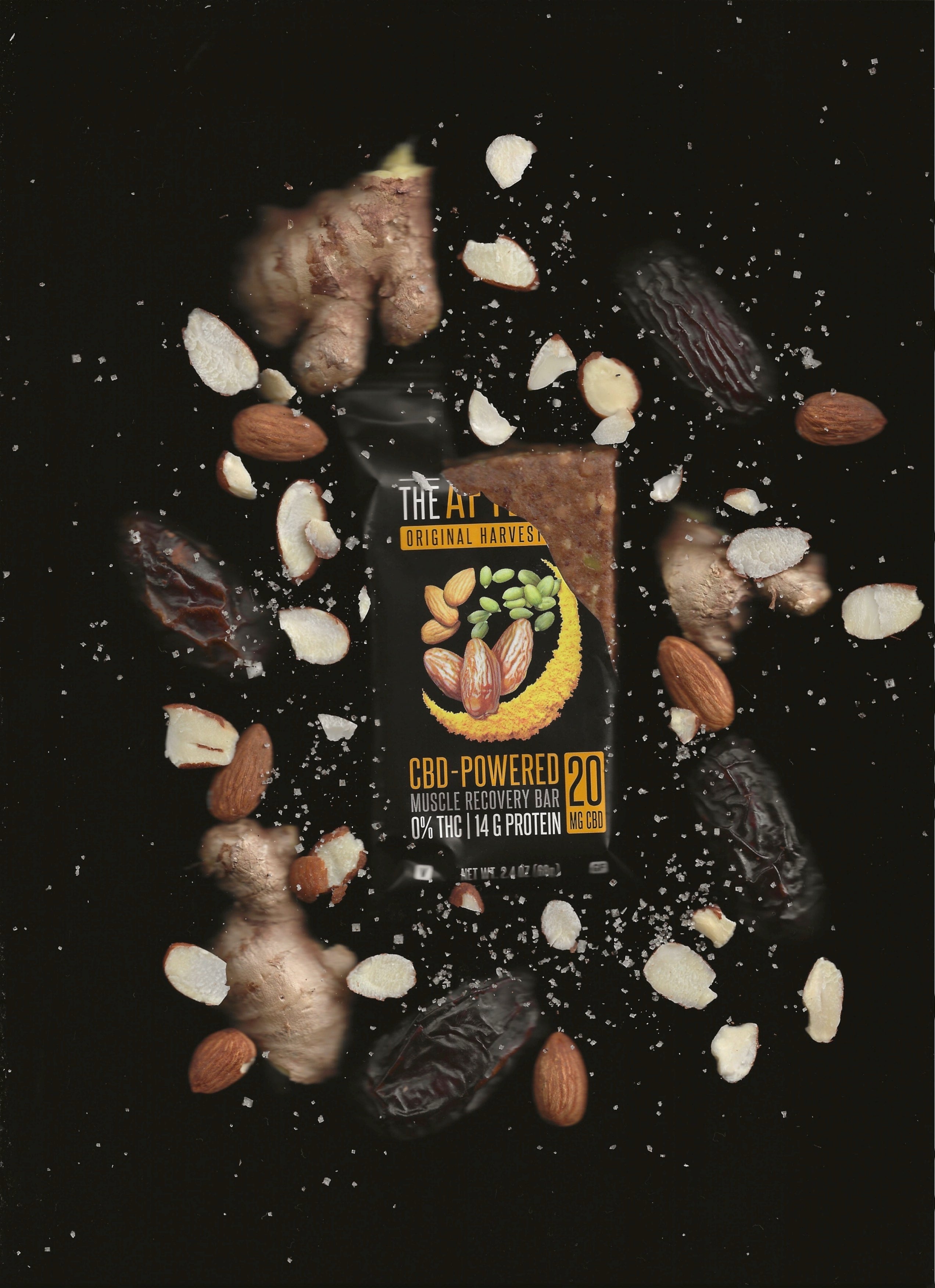
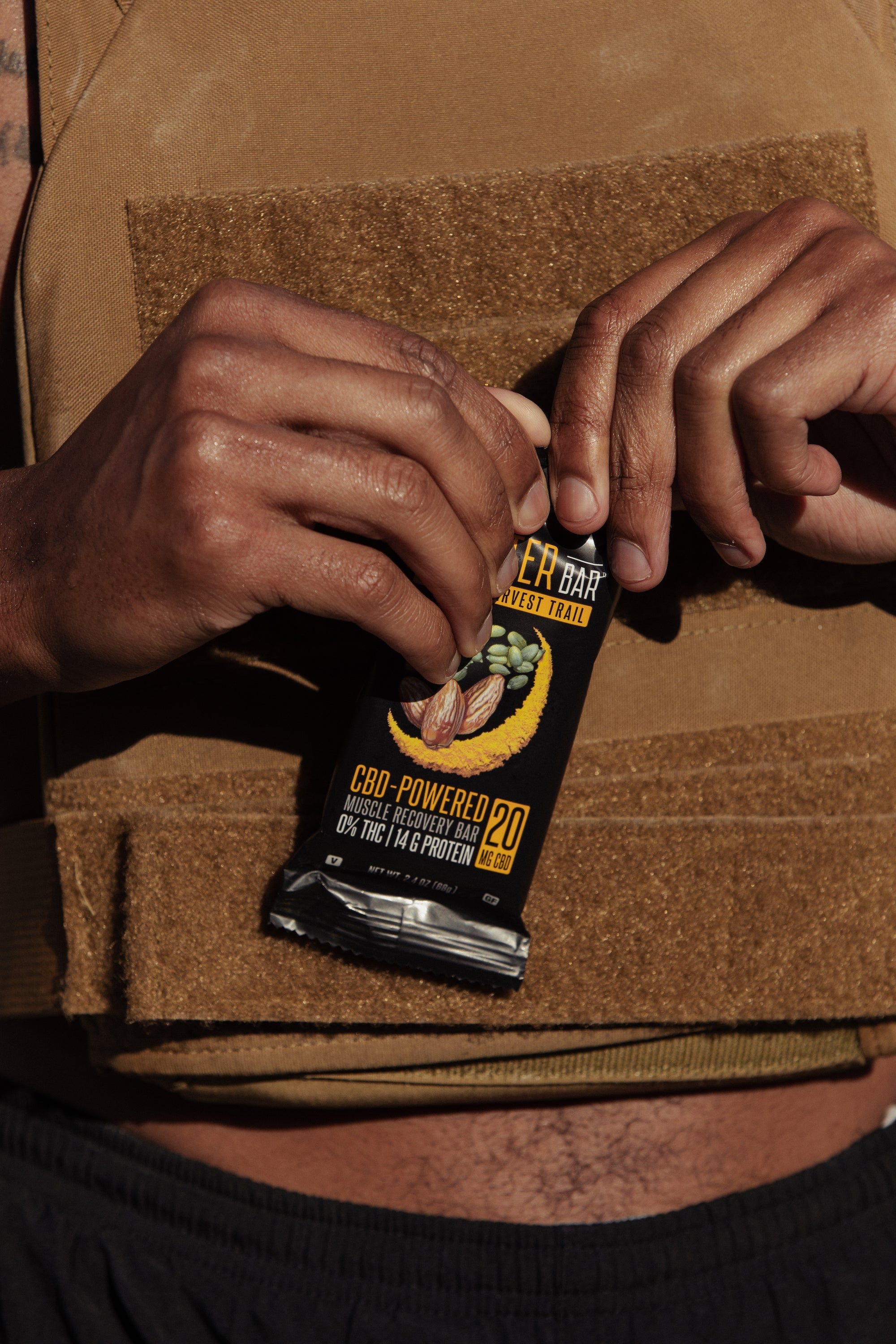

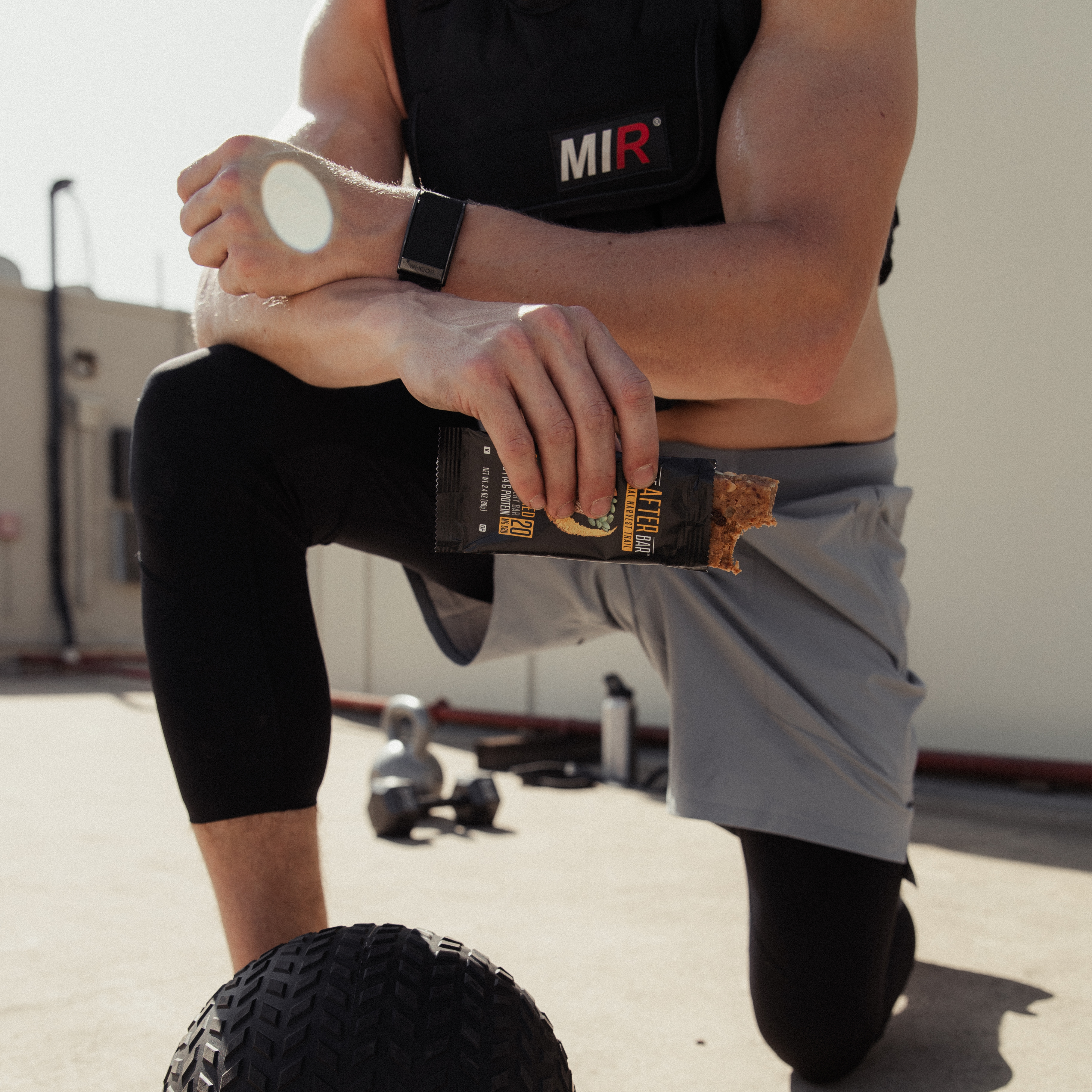
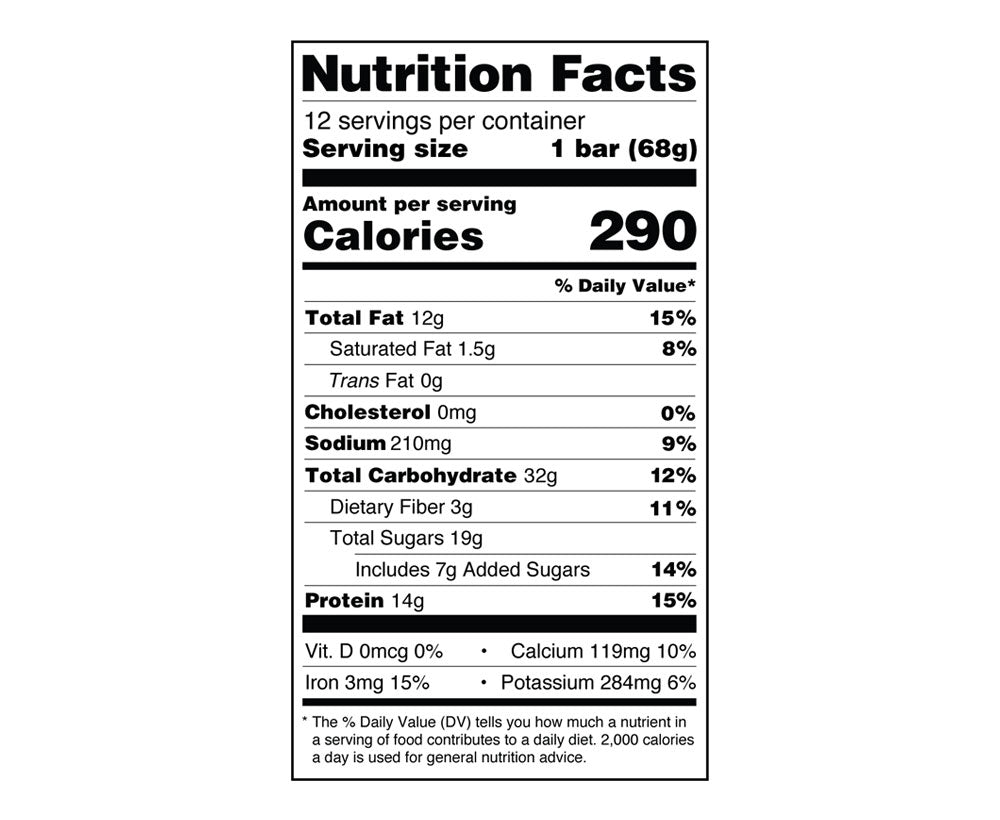
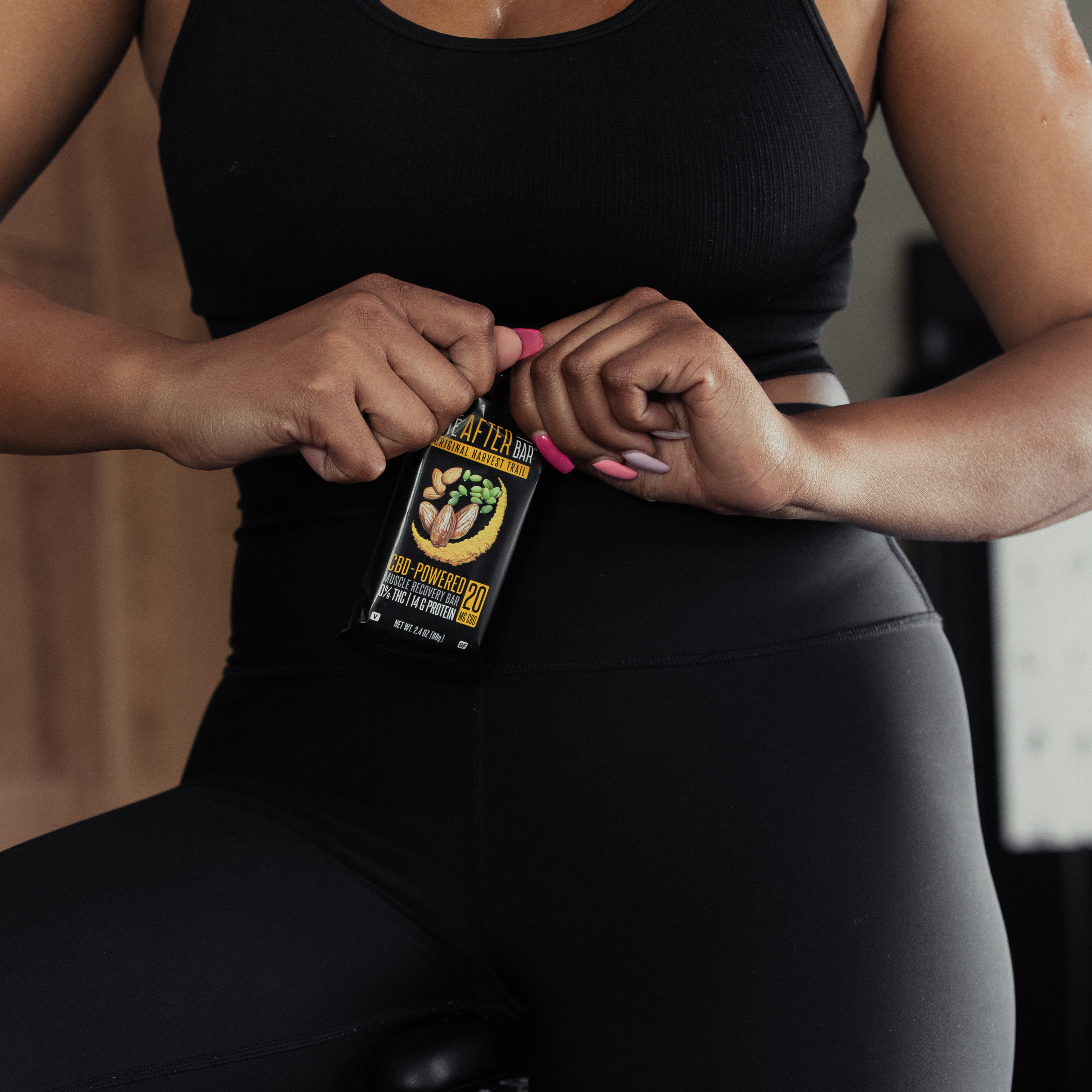
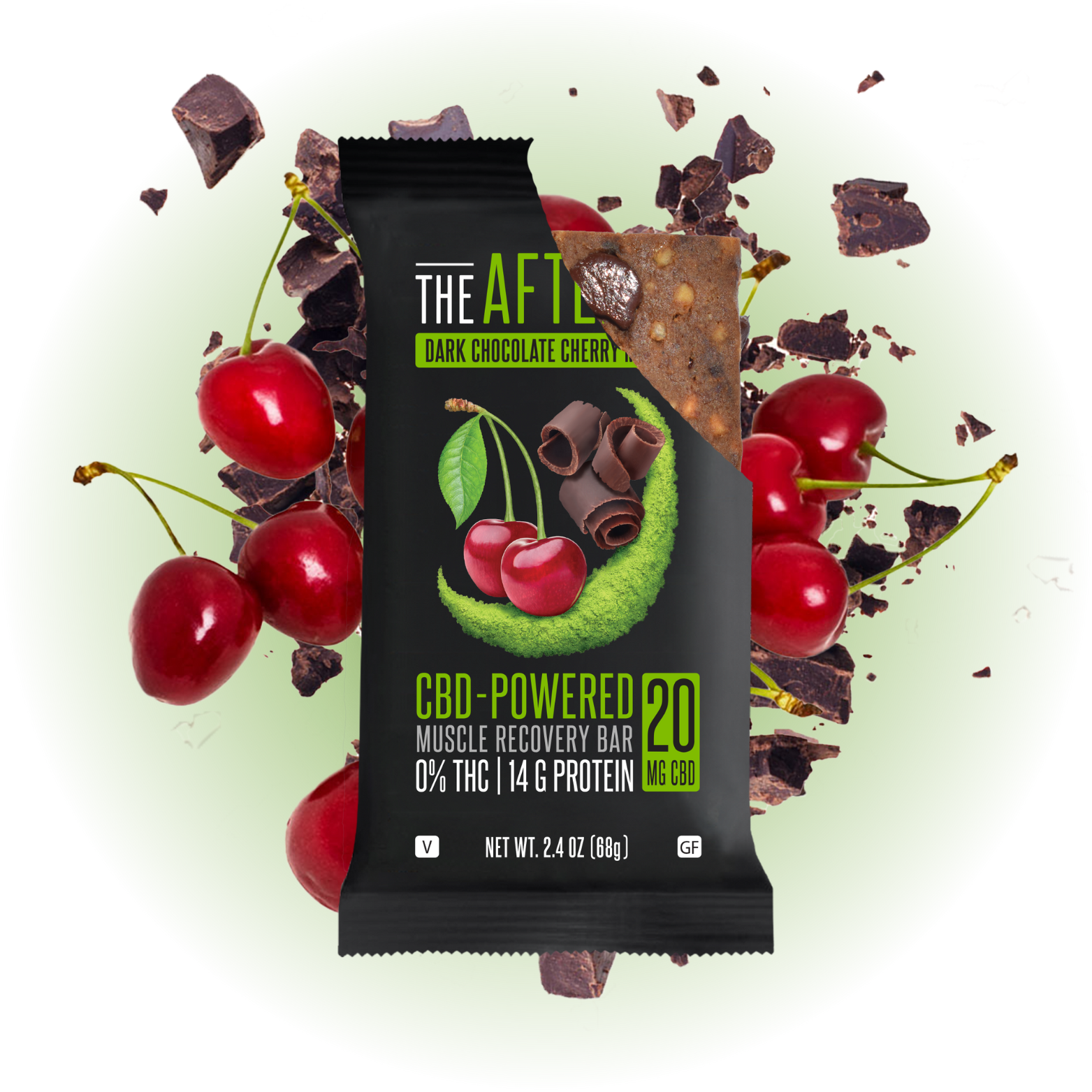
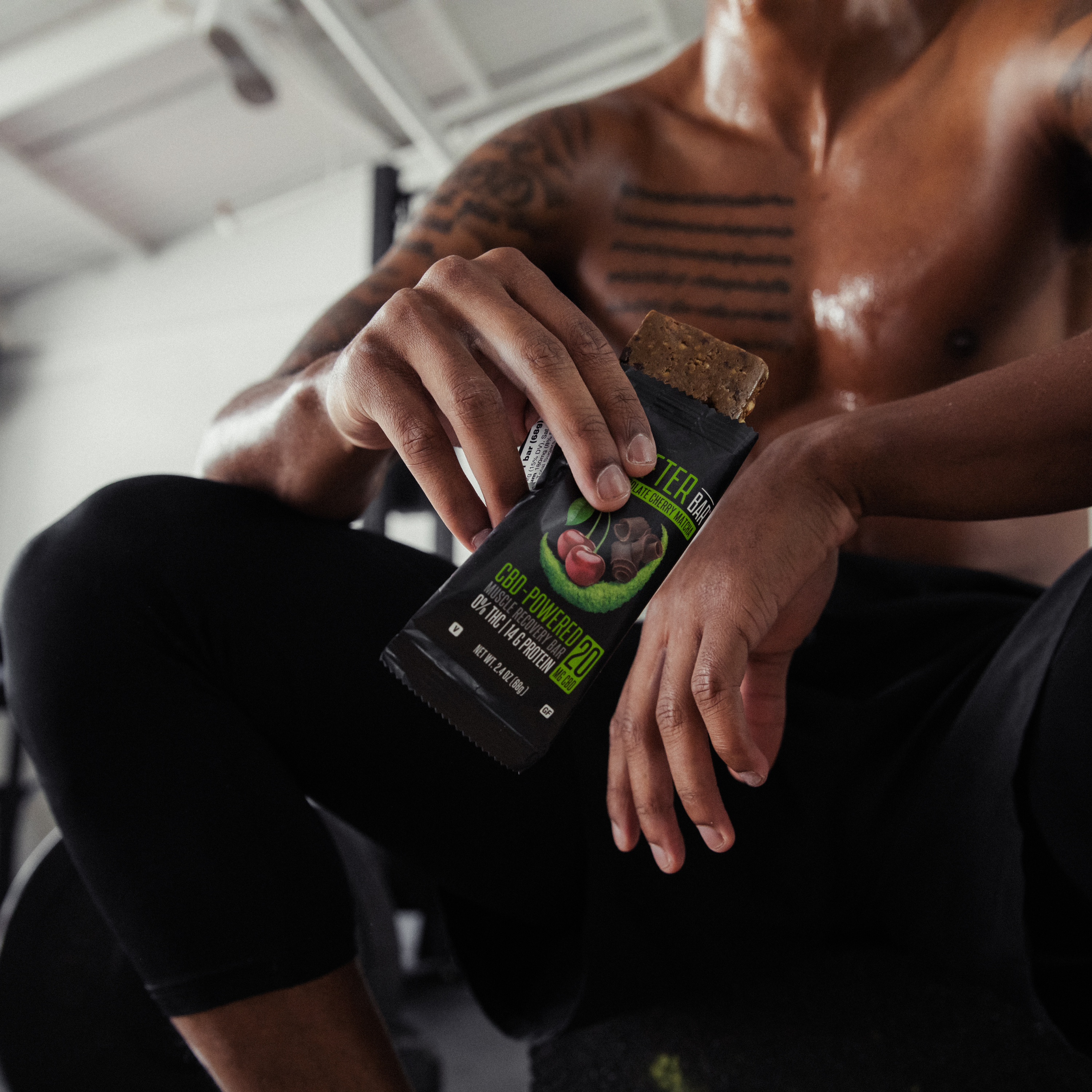

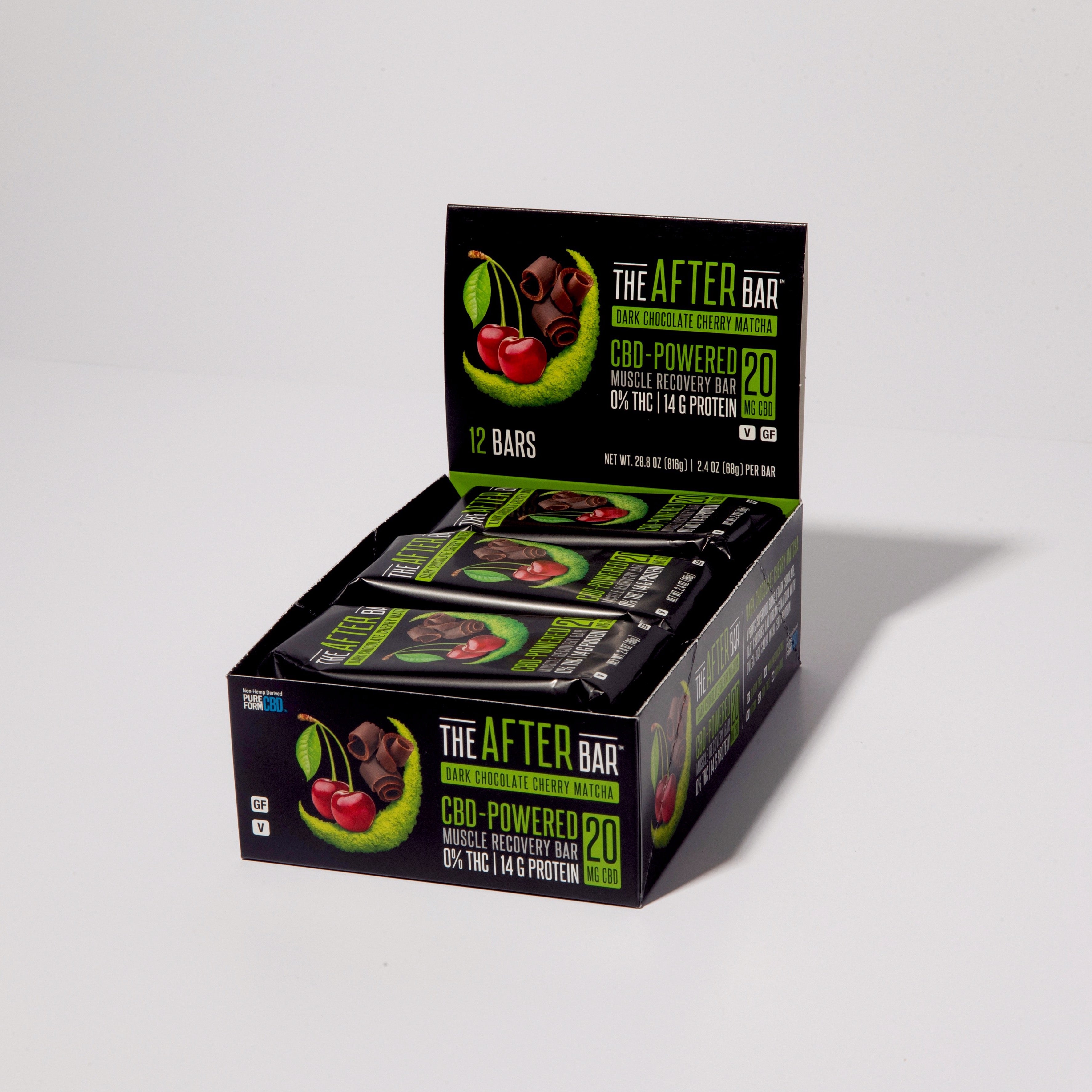
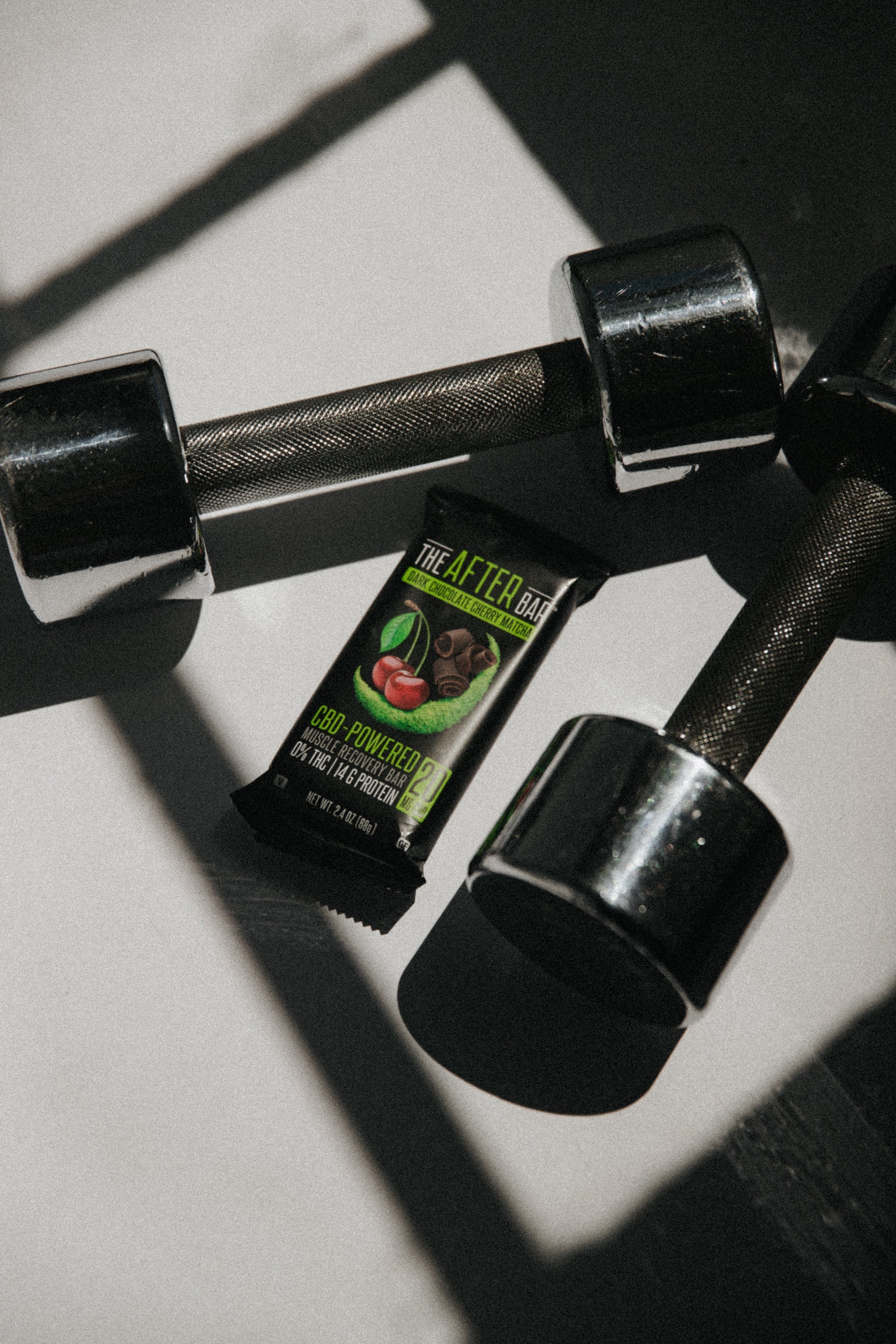
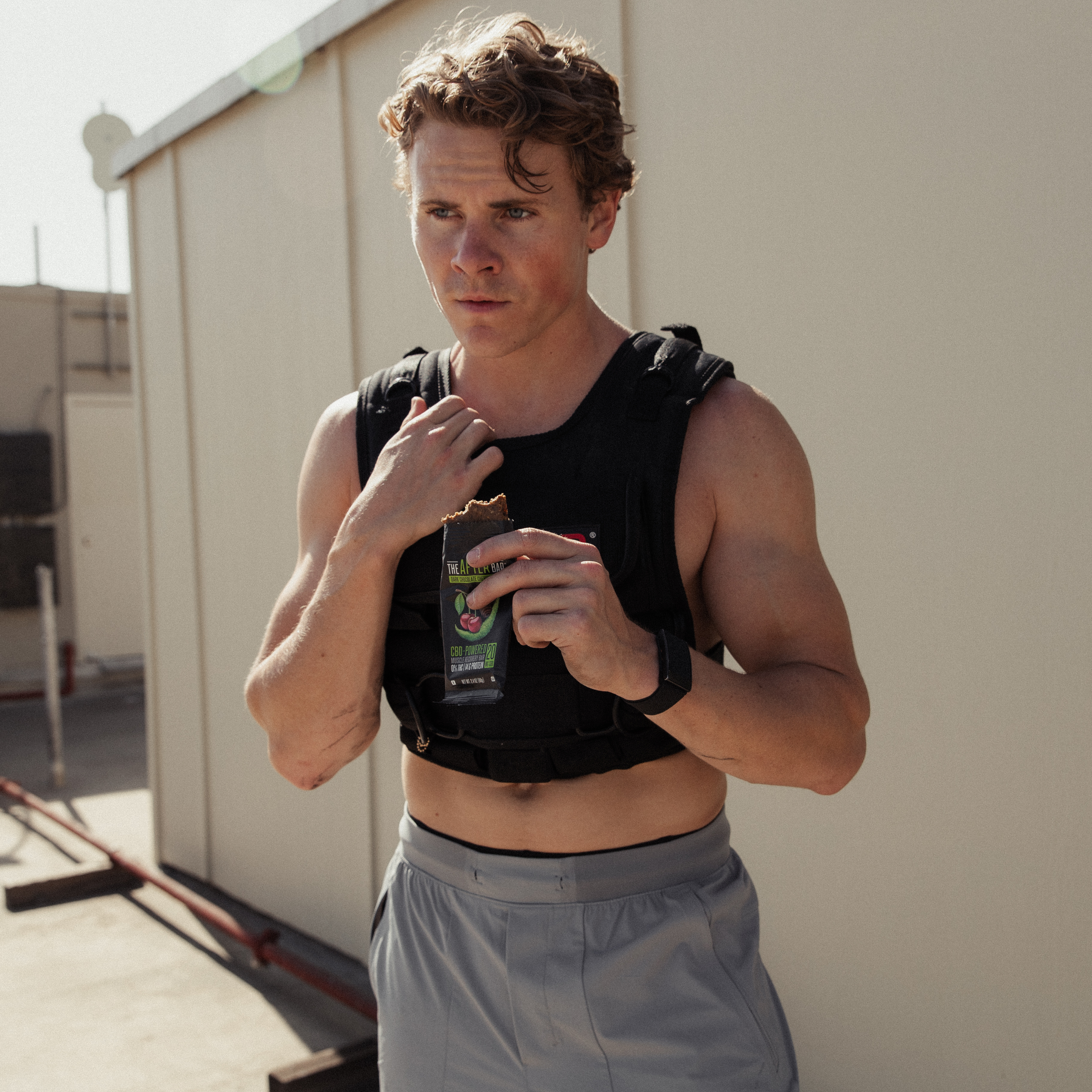
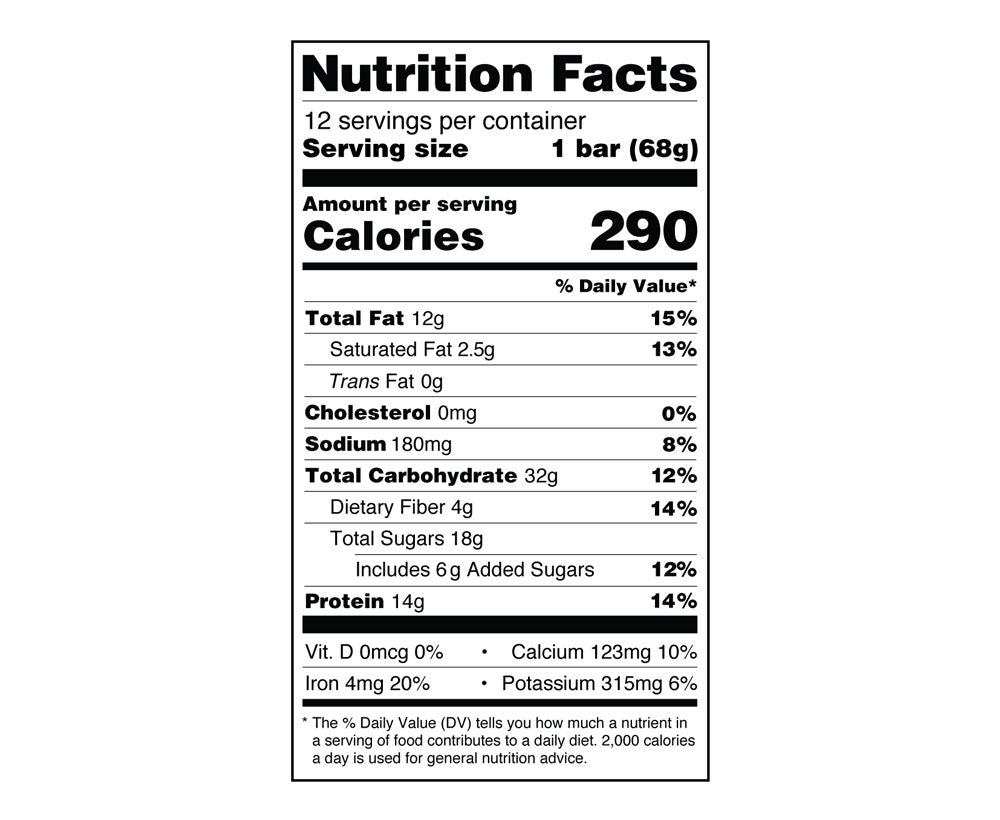
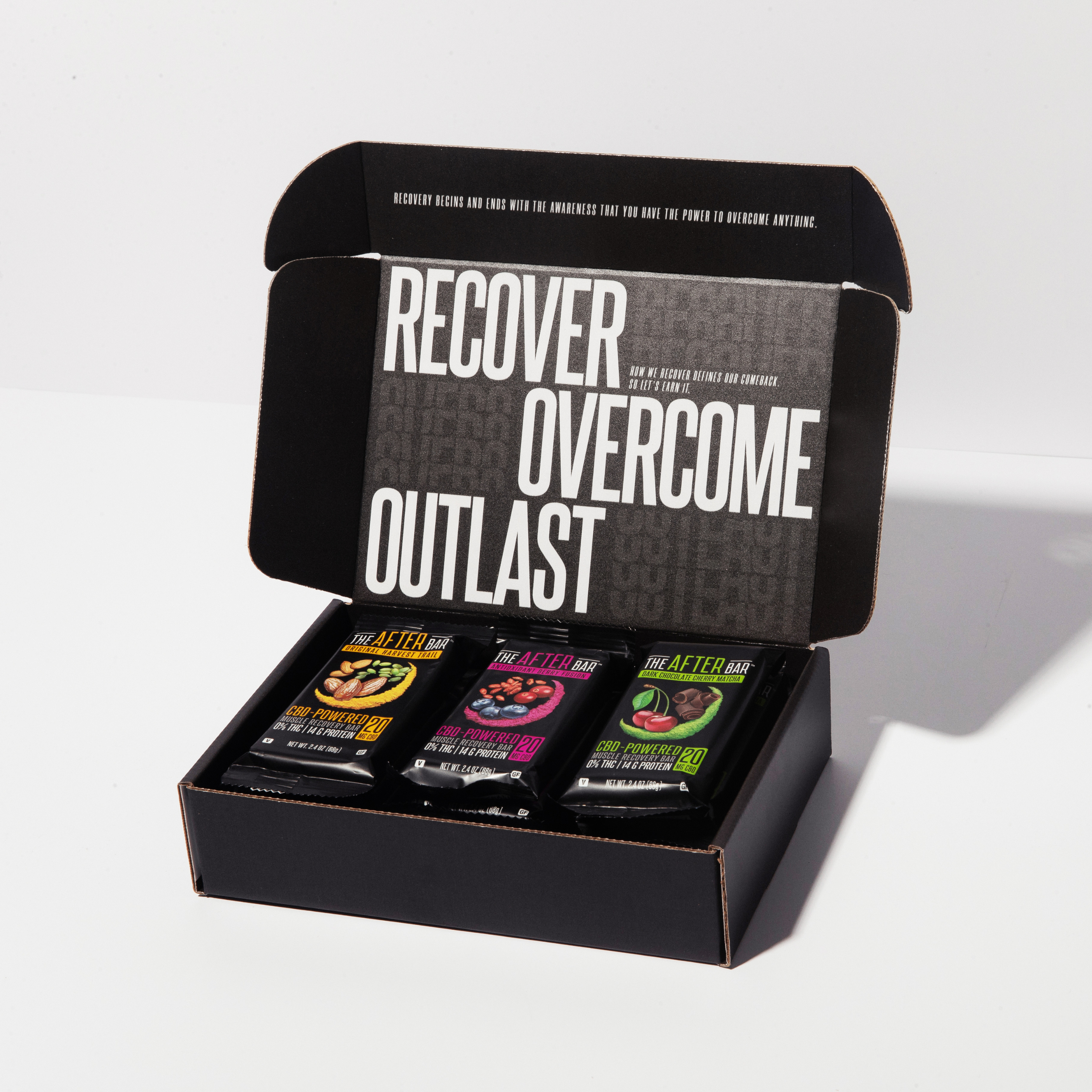
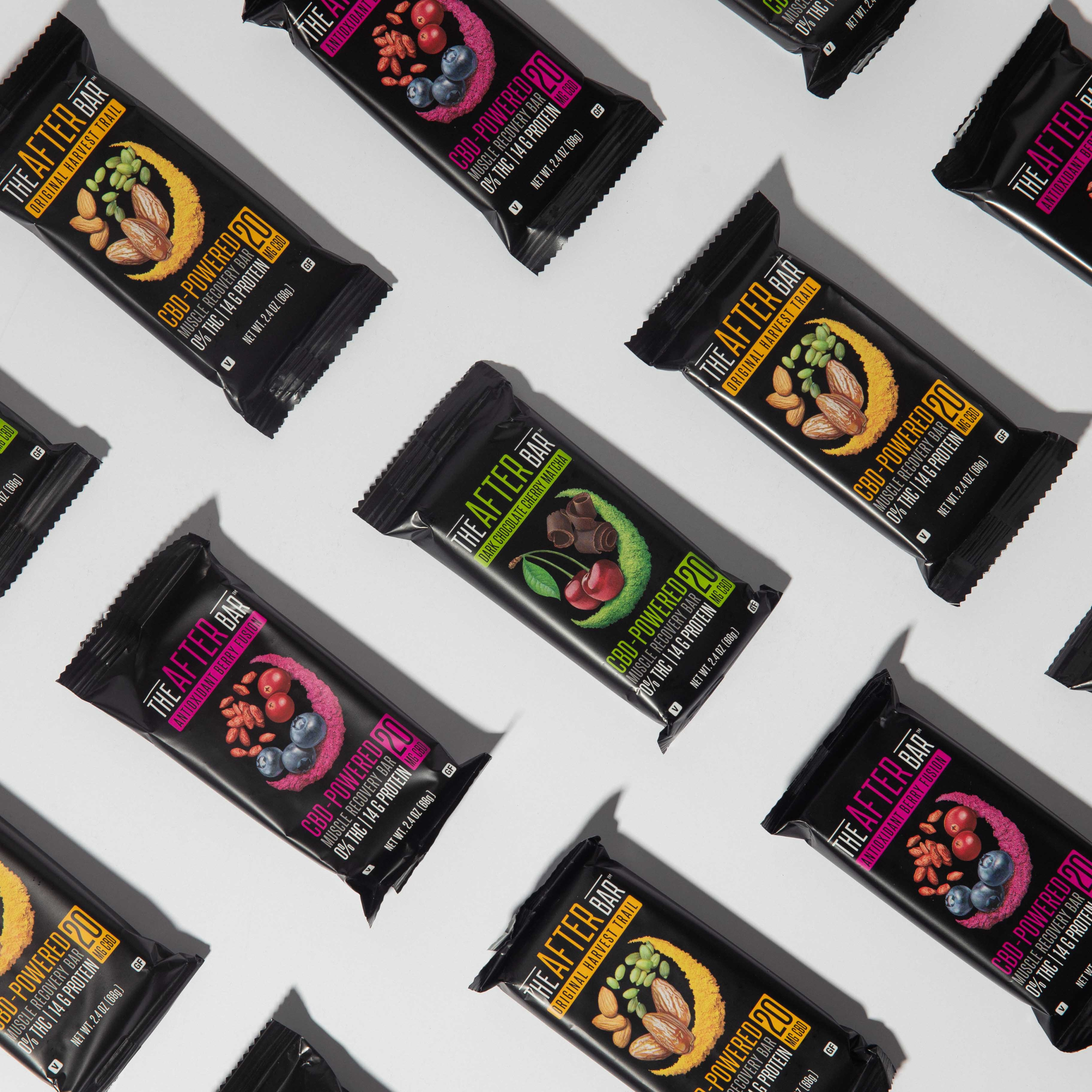

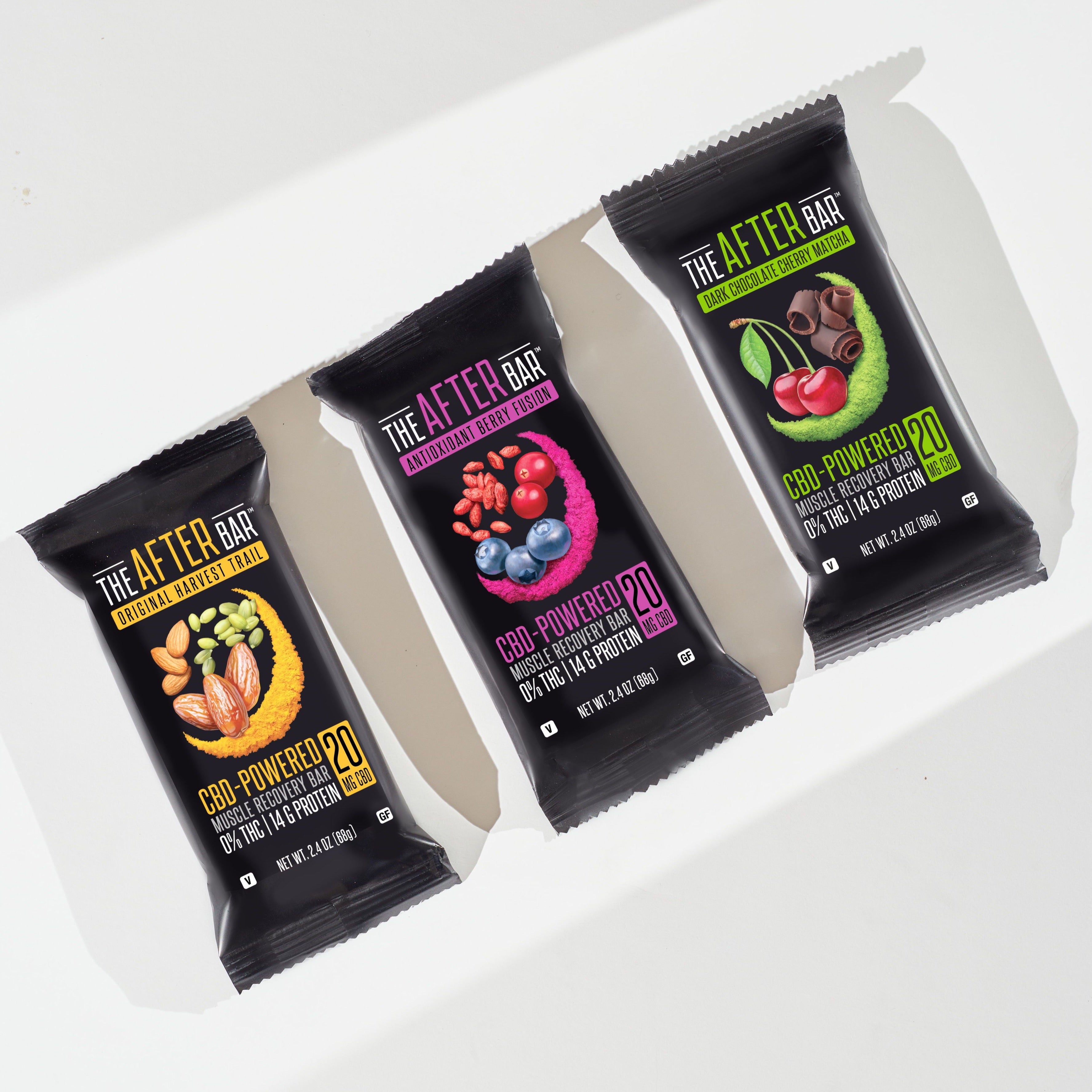
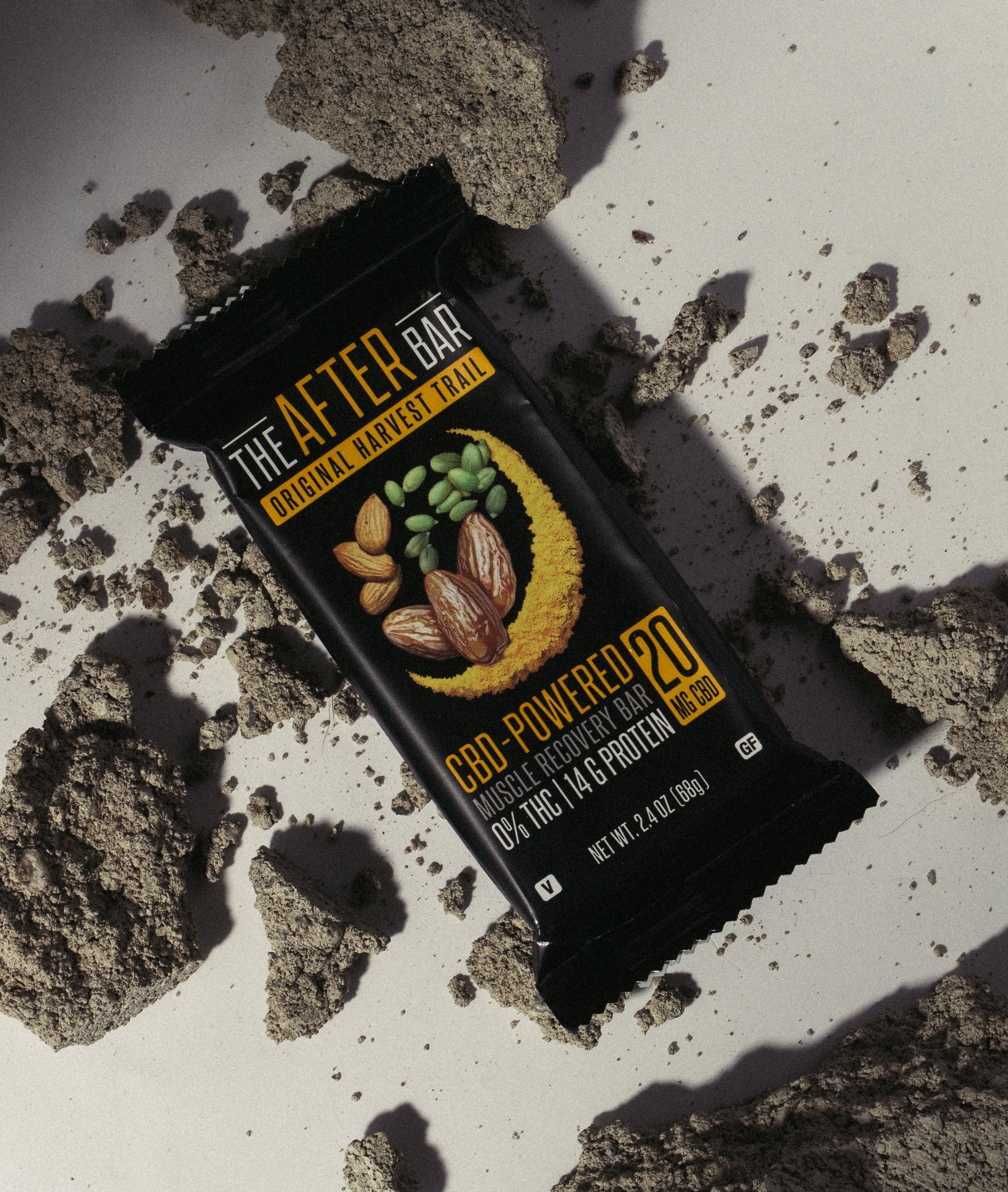
Leave a comment